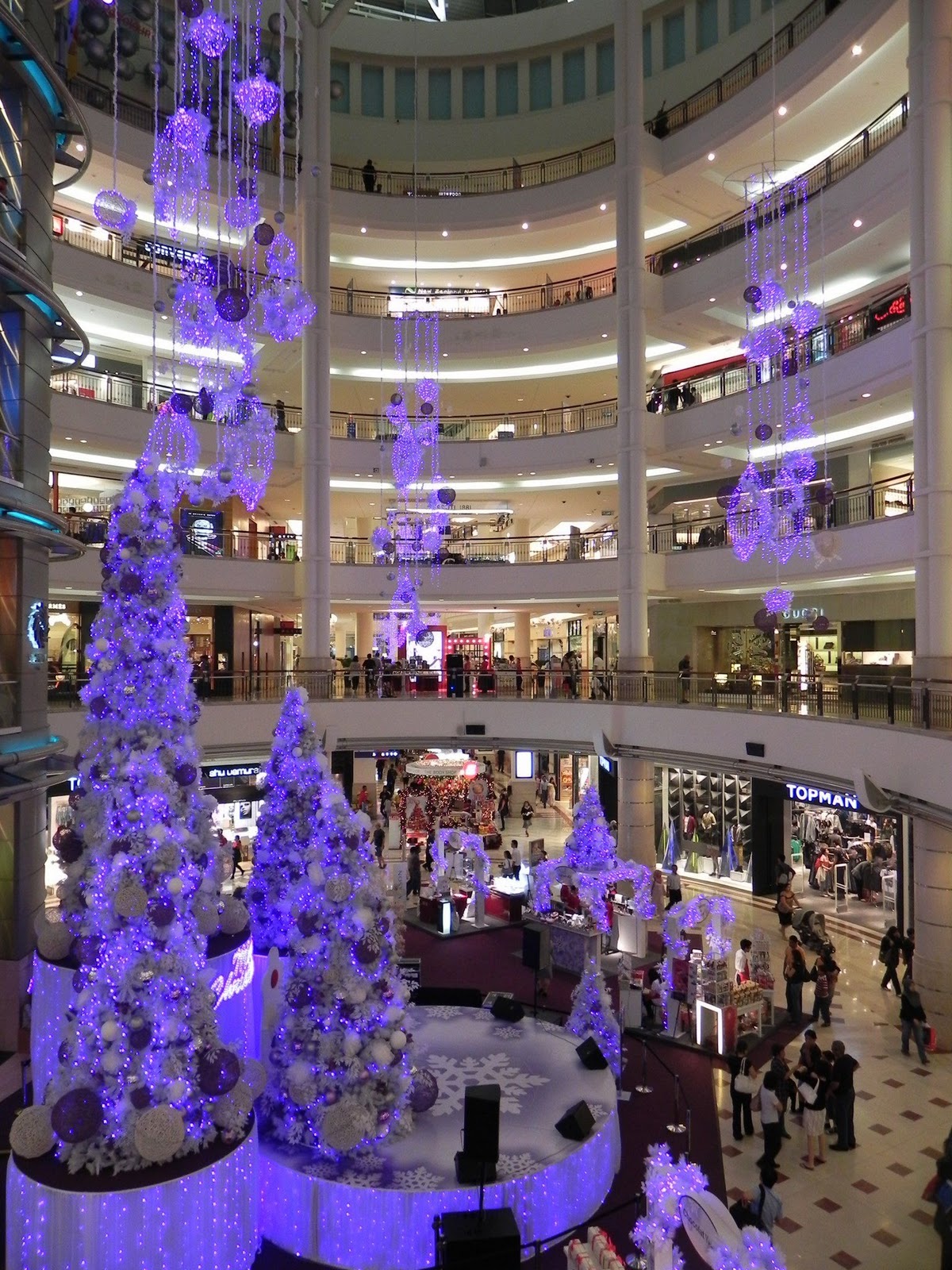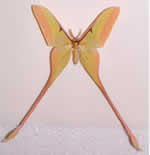

These traditions came to America by German immigrants, but were originally seen as foreign or pagan and were condemned by American puritans.
#Saturnalia tree full#
Some homes would decorate a pyramidal pile of wood logs with evergreen boughs and lights in place of a full tree. The Christmas tree tradition then spread throughout Germany. On the last night of holiday celebrations, revelers brought the tree into the town square to be danced around. Workers would bring in evergreen trees and decorate them with sweets to be enjoyed by apprentices and children. The first evidence of decorating Christmas trees indoors belongs to Renaissance-Era artisan guilds in Northern Germany.

In these ancient cultures (as in many cultures worldwide), trees (especially evergreen) were venerated as symbols of nature’s cycle of rebirth. Celtic druids decorated evergreen trees with fruits, nuts, and coins during the onset of winter to ensure a fruitful coming year. The Christmas tree’s exact origins are somewhat disputed, but many aspects of the tradition can trace their beginnings to Celtic, Germanic, and Viking traditions. It is a tradition of great merry-making and gift exchanging and is a predecessor to many Christmas traditions. This holiday, which takes place from December 17th to the 23rd, honors Saturn, the god of agriculture. Saturnalia CelebrationĮarly Romans decorated their temples with evergreen boughs during the celebration of Saturnalia. Boughs of evergreens, especially pine, spruce, and fir, were hung in homes and were thought to bring about protection, fertility, and good luck. They are ancient symbols of nature’s hardiness due to their ability to retain their leaves through the cold winter. By exploring these beautiful plants, we take a trip through history and mythology that adds a new depth to our appreciation of winter decor!Įvergreens have been sprucing up homes during wintertime for thousands of years, pre-dating the tradition of the Christmas tree. Every year we see decorated evergreen trees, mistletoe, and poinsettias, but oftentimes we never learn the origin of these plant traditions or their meanings. In fact, many of the plants people identify with Christmas were used for winter celebrations far before the advent of Christianity. The imagery of bright light has been a feature of wintertime holidays across the world, as has the hardy greenery that thrives through the frost. After the solstice, the days get increasingly frigid, but the sun rises earlier and stays longer, a symbol of hope in a time of relative scarcity. The winter solstice initiates the beginning of the coldest season, and dating back to the neolithic era, cultures have held celebrations at this time.

This interesting fact sheet was compiled by Margaret Riche, an instructor in our GreenHouse Horticultural Therapy Program on Rikers Island. In celebration of the Winter Solstice in the Northern Hemisphere, we’re highlighting winter plants that have become staples in modern holiday traditions.


 0 kommentar(er)
0 kommentar(er)
